Minister for Agriculture Charlie McConalogue announced on Friday 15 December that almost 9,200 applications were submitted under tranche two of the Agri-Climate Rural Environment Scheme (ACRES).
The Minister outlined that “tranche two applications will be reviewed in the coming weeks to ensure they comply with eligibility criteria”.
The Minister again reiterated that in the region of just 4,000 places are available, bringing total participation under the scheme to the “50,000 maximum as outlined in Ireland’s CAP strategic plan”.
He outlined that applications which clear eligibility criteria will be ranked in line with the ranking and selection criteria outlined in the terms and conditions and added that successful tranche two applicants will be contacted by the Department in the first quarter of 2024.
Ranking and selection
It has not been confirmed how many places are available under the different entry routes, but the Minister’s announcement insinuates that ranking and selection will be used for all applications.
In the region of 6,440 or 70% of applications were submitted under the ACRES general entry route, leaving approximately 2,760 applications submitted under the ACRES co-operation stream.
There is two ranking and selection schedules in place – one to score and rank applications under ACRES general and another for the ACRES co-operation route.
As the majority of applications are for the ACRES general stream, we will start there in explaining ranking and selection. The marking system is split into three sections – section A, section B and section C.
Section A essentially scores plans falling under tier one categorisation, while section B scores plans which fall under the tier two entry route.
There is no equivalent scoring applicable to plans submitted via tier three and the only scores available to such plans are in section C, which is applicable to all plans submitted.
Scores can be attained under section A or section B - but not both. It is important to also note that a plan will only receive scoring on one environmental asset or action regardless of whether or not the plan satisfies more than one criteria.
Awarding of a score is dependent on a mandatory action being selected under the respective heading, where applicable. There is no differentiation between mandatory actions.
Table 1 details the priority environmental assets or actions under tier one. There is no differentiation in section A and, as can be quickly seen, all seven assets or actions are awarded a score of 10,000 marks, which is the maximum score attainable in section A.
Tier two selection and ranking
Marks available under the different environmental assets or actions in tier two range from 5,500 down to 4,500 as summarised in Table 2. The highest allocation of 5,500 marks applies to the vulnerable water area action.
The whole-farm stocking rate exceeding 130kg organic nitrogen or arable farms with a holding greater than 30ha are next up, with a score of 5,000 marks.
This leaves the tree-related options at the lower end of priority in tier two, with marks of 4,500 available. Again, the markings across these measures are dependent on a mandatory action being selected, where applicable.
Universal scores
As mentioned above, the marks attainable under section C are available to all applications. These are detailed in Table 3. The largest score available of 1,000 marks is determined on how much of the farm holding is located within what are deemed as five high-value habitats.
There will also be marks awarded for whether or not the applicant was previously a participant of GLAS, REAP or AEOS and also depending on the size of the holding. The maximum score available under section C is 1,465 marks.
This confirms that even if plans submitted via tier three score well from section C, they still fall a long way short of tier two, which in turn cannot match the marks available to plans submitted under tier one, regardless of the scores achieved from section C.
Marks awarded under section C will be important to rank plans under tier one and tier two, given the extent of the oversubscription to ACRES.
Co-operation scoring and ranking
The Department is using five main criteria to score applications, with each criteria afforded a maximum score as outlined in Table 4.
The marks awarded are cumulative, with the exception of the section “participation in specified DAFM agri-environmental schemes”, where only the highest mark will count. The maximum score for the co-operation entry route is 2,053.
The first criteria with the maximum potential scoring of 1,000 marks is based on the percentage of lands located within a number of specified high-value habitats.
The lands in question are those which were declared on an applicant’s 2021 Basic Payment Scheme (BPS) application and not on their 2022 BPS.
The second criteria used is the area of land declared as forage or habitat within any one of the eight co-operation zones. Here, the percentage of lands is used to determine the score from a maximum figure of 100 marks. For example, 52.6% gives a score of 52.6 marks.
The third criteria applies to a smaller cohort of farmers and concerns the percentage of claimed lands on an offshore island. There is a maximum score of 300. For example, 20% of lands located on an offshore island gives a score of 60 marks.
The fourth criteria works off the same mechanism and this time it concerns the percentage of commonage lands declared on the 2021 BPS, with a maximum score of 200 marks available. The last criteria relates to participation in previous agri-environmental schemes with the highest mark counting.
Random selection
The terms and conditions also state that “where the ranking and selection system outlined above results in several applications scoring the same marks, the Department may use a random selection process to identify applications for approval”.
The Department also states that it is seeking a balance in applications across the eight co-operation zones and that this will also be taken into account when ranking and selecting applications.
Minister for Agriculture Charlie McConalogue announced on Friday 15 December that almost 9,200 applications were submitted under tranche two of the Agri-Climate Rural Environment Scheme (ACRES).
The Minister outlined that “tranche two applications will be reviewed in the coming weeks to ensure they comply with eligibility criteria”.
The Minister again reiterated that in the region of just 4,000 places are available, bringing total participation under the scheme to the “50,000 maximum as outlined in Ireland’s CAP strategic plan”.
He outlined that applications which clear eligibility criteria will be ranked in line with the ranking and selection criteria outlined in the terms and conditions and added that successful tranche two applicants will be contacted by the Department in the first quarter of 2024.
Ranking and selection
It has not been confirmed how many places are available under the different entry routes, but the Minister’s announcement insinuates that ranking and selection will be used for all applications.
In the region of 6,440 or 70% of applications were submitted under the ACRES general entry route, leaving approximately 2,760 applications submitted under the ACRES co-operation stream.
There is two ranking and selection schedules in place – one to score and rank applications under ACRES general and another for the ACRES co-operation route.
As the majority of applications are for the ACRES general stream, we will start there in explaining ranking and selection. The marking system is split into three sections – section A, section B and section C.
Section A essentially scores plans falling under tier one categorisation, while section B scores plans which fall under the tier two entry route.
There is no equivalent scoring applicable to plans submitted via tier three and the only scores available to such plans are in section C, which is applicable to all plans submitted.
Scores can be attained under section A or section B - but not both. It is important to also note that a plan will only receive scoring on one environmental asset or action regardless of whether or not the plan satisfies more than one criteria.
Awarding of a score is dependent on a mandatory action being selected under the respective heading, where applicable. There is no differentiation between mandatory actions.
Table 1 details the priority environmental assets or actions under tier one. There is no differentiation in section A and, as can be quickly seen, all seven assets or actions are awarded a score of 10,000 marks, which is the maximum score attainable in section A.
Tier two selection and ranking
Marks available under the different environmental assets or actions in tier two range from 5,500 down to 4,500 as summarised in Table 2. The highest allocation of 5,500 marks applies to the vulnerable water area action.
The whole-farm stocking rate exceeding 130kg organic nitrogen or arable farms with a holding greater than 30ha are next up, with a score of 5,000 marks.
This leaves the tree-related options at the lower end of priority in tier two, with marks of 4,500 available. Again, the markings across these measures are dependent on a mandatory action being selected, where applicable.
Universal scores
As mentioned above, the marks attainable under section C are available to all applications. These are detailed in Table 3. The largest score available of 1,000 marks is determined on how much of the farm holding is located within what are deemed as five high-value habitats.
There will also be marks awarded for whether or not the applicant was previously a participant of GLAS, REAP or AEOS and also depending on the size of the holding. The maximum score available under section C is 1,465 marks.
This confirms that even if plans submitted via tier three score well from section C, they still fall a long way short of tier two, which in turn cannot match the marks available to plans submitted under tier one, regardless of the scores achieved from section C.
Marks awarded under section C will be important to rank plans under tier one and tier two, given the extent of the oversubscription to ACRES.
Co-operation scoring and ranking
The Department is using five main criteria to score applications, with each criteria afforded a maximum score as outlined in Table 4.
The marks awarded are cumulative, with the exception of the section “participation in specified DAFM agri-environmental schemes”, where only the highest mark will count. The maximum score for the co-operation entry route is 2,053.
The first criteria with the maximum potential scoring of 1,000 marks is based on the percentage of lands located within a number of specified high-value habitats.
The lands in question are those which were declared on an applicant’s 2021 Basic Payment Scheme (BPS) application and not on their 2022 BPS.
The second criteria used is the area of land declared as forage or habitat within any one of the eight co-operation zones. Here, the percentage of lands is used to determine the score from a maximum figure of 100 marks. For example, 52.6% gives a score of 52.6 marks.
The third criteria applies to a smaller cohort of farmers and concerns the percentage of claimed lands on an offshore island. There is a maximum score of 300. For example, 20% of lands located on an offshore island gives a score of 60 marks.
The fourth criteria works off the same mechanism and this time it concerns the percentage of commonage lands declared on the 2021 BPS, with a maximum score of 200 marks available. The last criteria relates to participation in previous agri-environmental schemes with the highest mark counting.
Random selection
The terms and conditions also state that “where the ranking and selection system outlined above results in several applications scoring the same marks, the Department may use a random selection process to identify applications for approval”.
The Department also states that it is seeking a balance in applications across the eight co-operation zones and that this will also be taken into account when ranking and selecting applications.




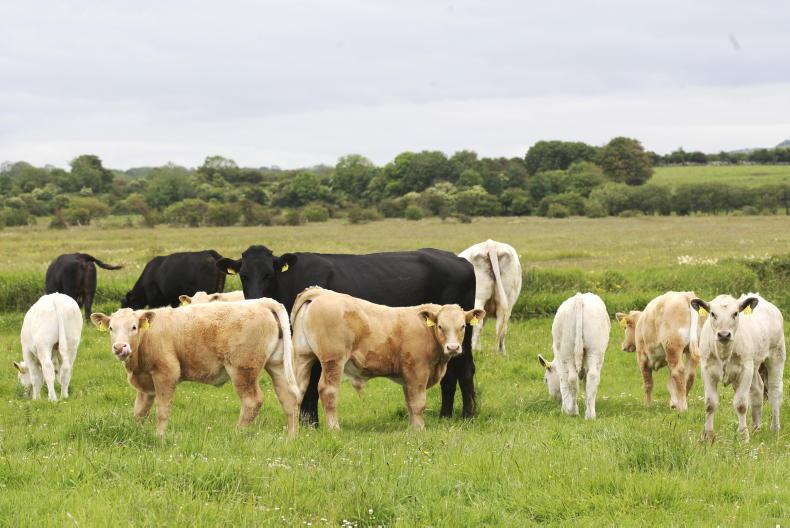
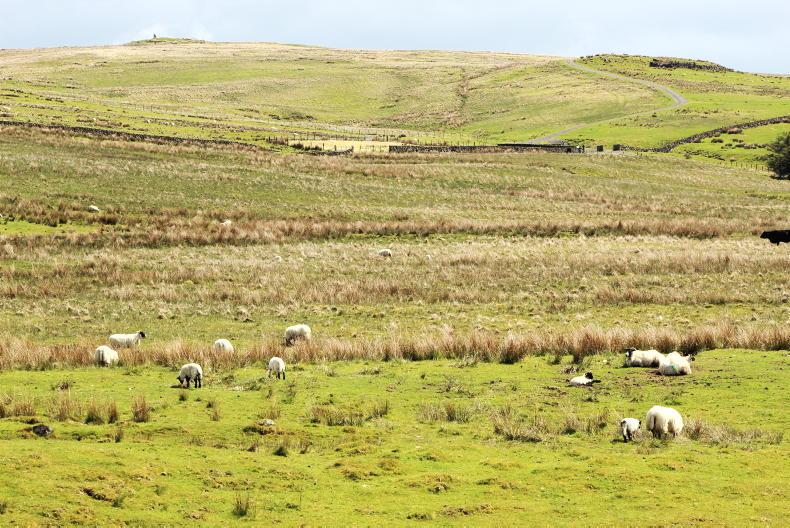

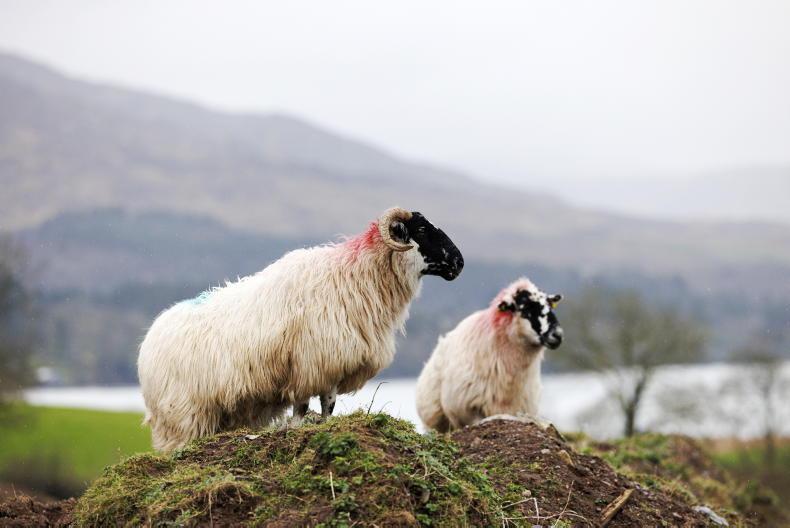
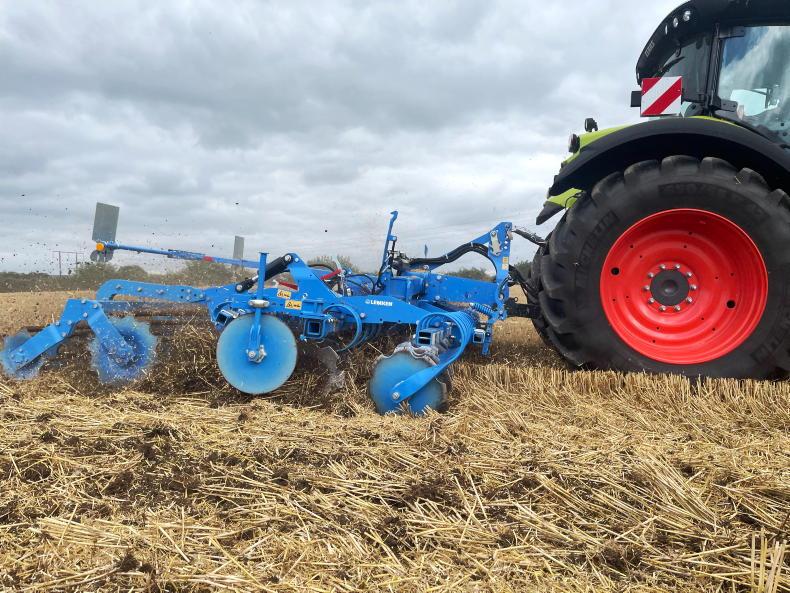
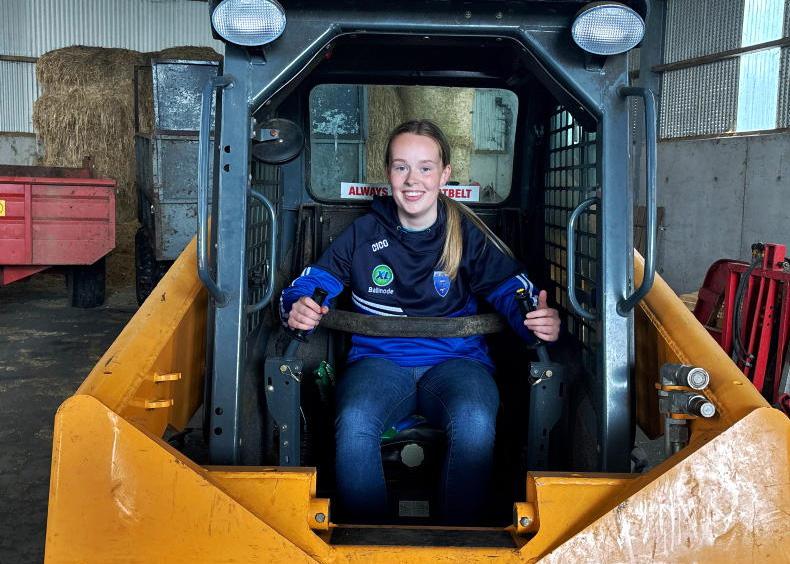
SHARING OPTIONS